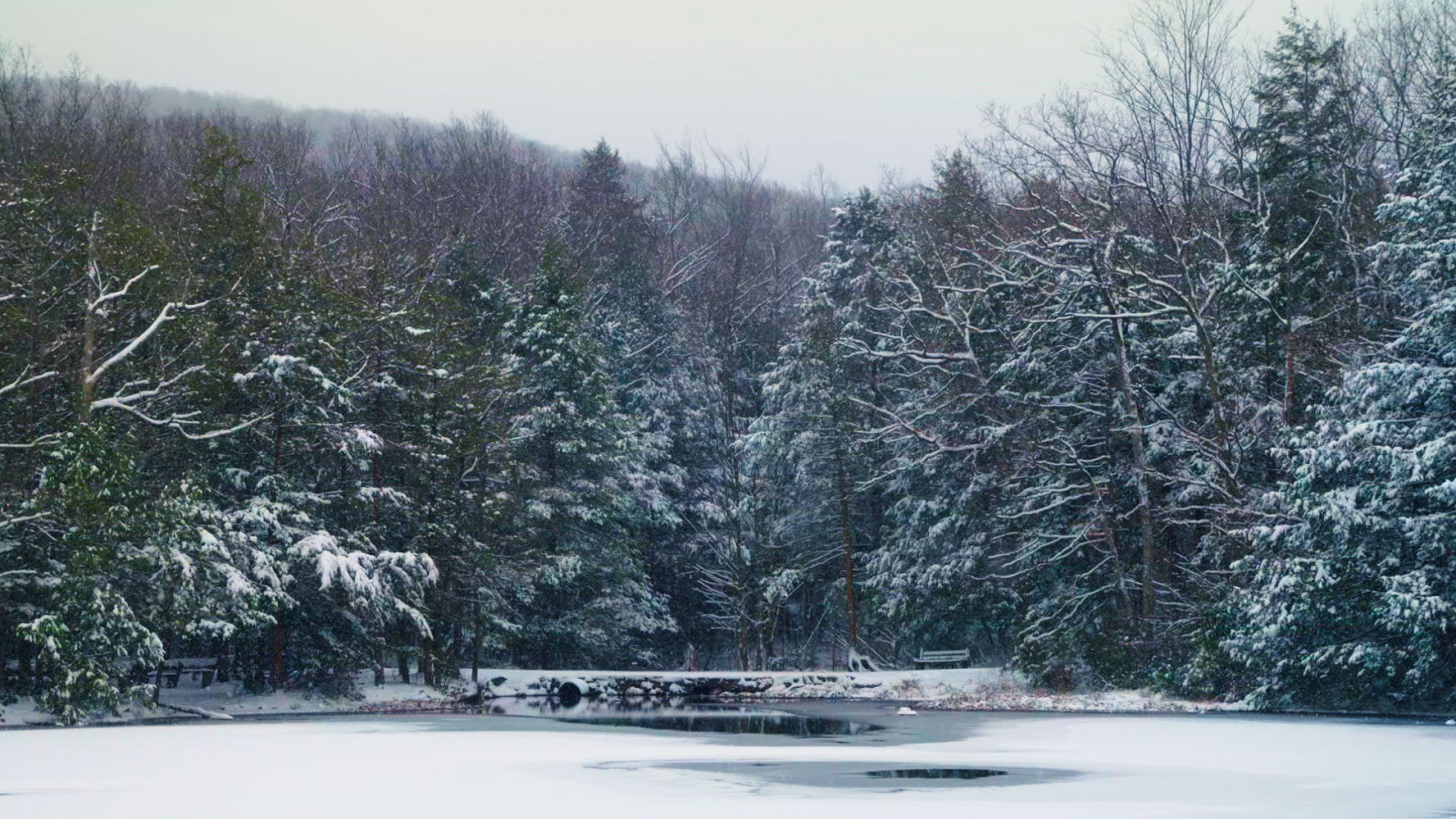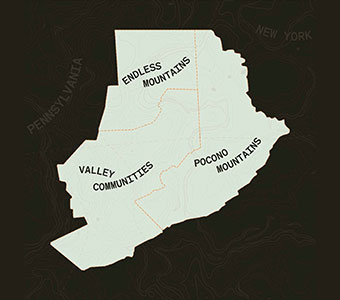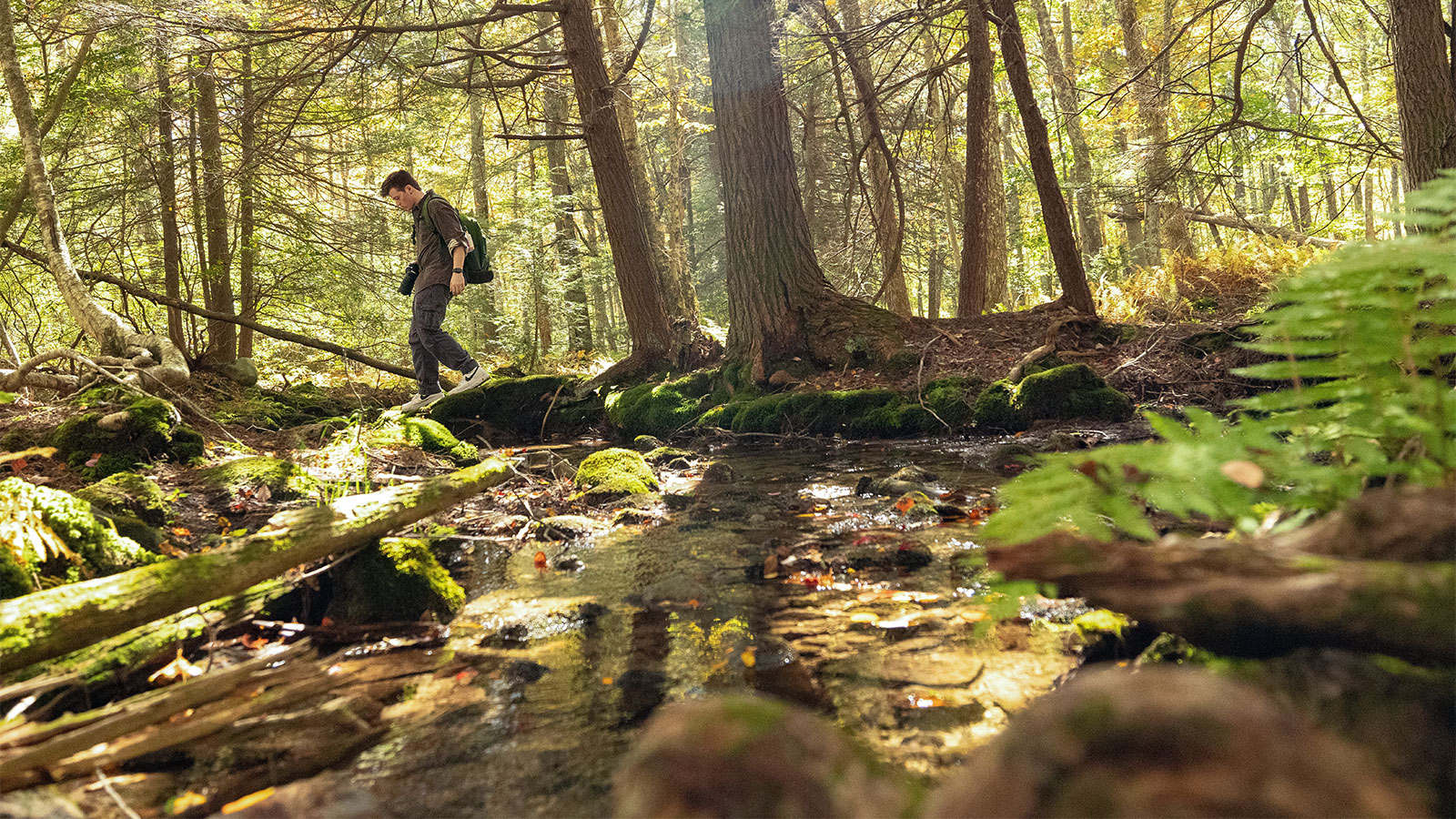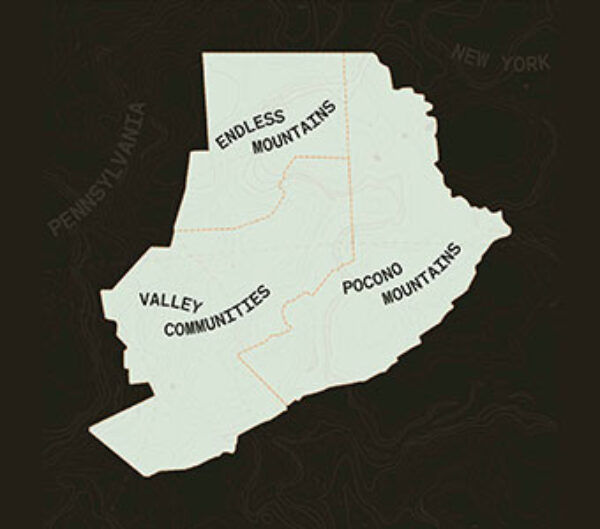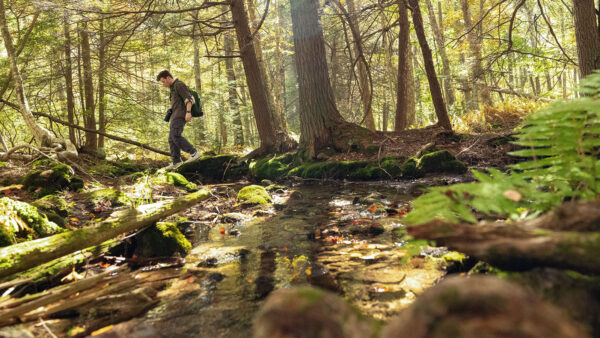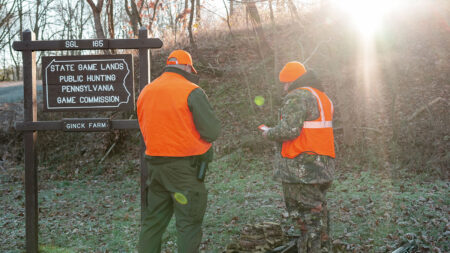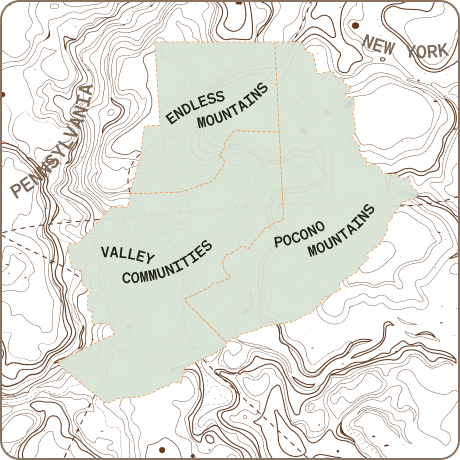DiscoverNEPA is partnering with North Branch Land Trust, a nonprofit that conserves the natural, working and scenic landscapes of NEPA. They’ll provide conservation tips and give us a look at their protected lands. Learn how you can join NBLT and do your part to protect NEPA’s natural resources.
North Branch of the Susquehanna River: A Timeless Snapshot of Pennsylvania History

Get to Know 2023 PA River of the Year Nominee – The North Branch of the Susquehanna River.
With the North Branch of the Susquehanna’s nomination for PA River of the Year 2023, the aptly named North Branch Land Trust has dug up some fun history on why this waterway is so unique!
The Susquehanna River is one of the oldest rivers in the world, and the second oldest in North America. The river was likely formed by the same geologic event that caused the Appalachian Mountains, that is, when Africa collided with Euramerica to form Pangea. Approximately 300 million years ago, the Appalachians looked more like present-day Rockies or Alps, and most of the fauna in what is now the North Branch were insect-like invertebrates and cartilaginous creatures like sharks. Oxygen was plentiful, so land-based invertebrates became large with dragonflies the size of seagulls and millepedes more than 7 feet long!
So just how old is 300 million years? The Susquehanna had been flowing for about 50 million years by the time dinosaurs appeared on Earth, approximately 150 million years when Pangea broke up, roughly 200 million years when Saturn formed its rings, and just about 297 million years by the Stone Age! With the passage of so much time, erosion and sediment have softened the surrounding mountains and elevated the riverbed. At less than 40ft at its deepest, early American settlers joked that the Susquehanna was “a mile wide, a foot deep.”
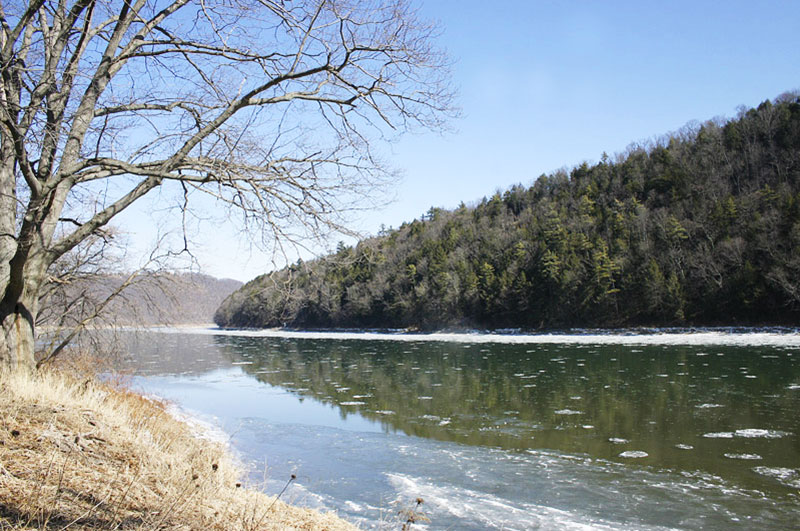
By the time early humans were utilizing the North Branch’s resources, the Susquehanna was already historic. Generations of Susquehannock and Lenape called the North Branch their home prior to the “discovery” of the New World. Tribes used the Susquehanna to expand their territories from Northeast to Southern Pennsylvania. Indeed, from the earliest evidence of humans until the prevalence of railways, the North and Main Branches of the Susquehanna have been a means to connect Northeastern natural resources with populations further south. The North Branch was also an important defensive line during numerous Iroquoian skirmishes, the later Beaver Wars of the 17th century, and even the American Revolution and Civil Wars. During the Civil War, Lincoln’s Secretary of War created the Department of the Susquehanna to defend the strategic river against Confederate forces.
Through travel, trade and warfare, early views of the North Branch were not unlike ours—a shallow but mighty source of life softened by eons of change. Yet, even the earliest humans were splashing, fishing, canoeing and hiking along the same shores honored this year by the Pennsylvania River of the Year nomination.
Vote Today for the 2023 PA River of the Year!
North Branch Land Trust is a conservation nonprofit committed to conserving the natural working and scenic landscapes in NEPA that sustain us. Learn & support at nblt.org





